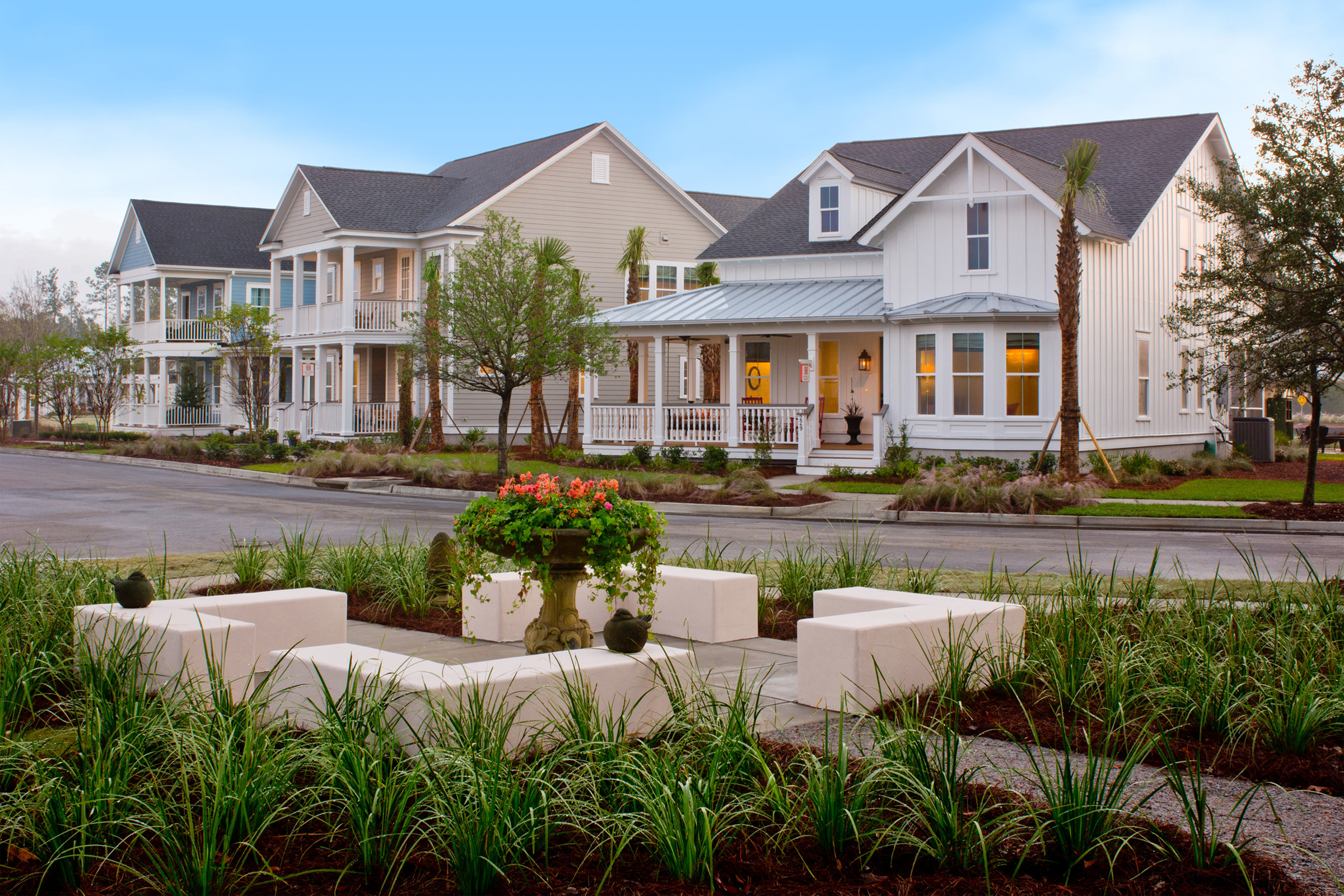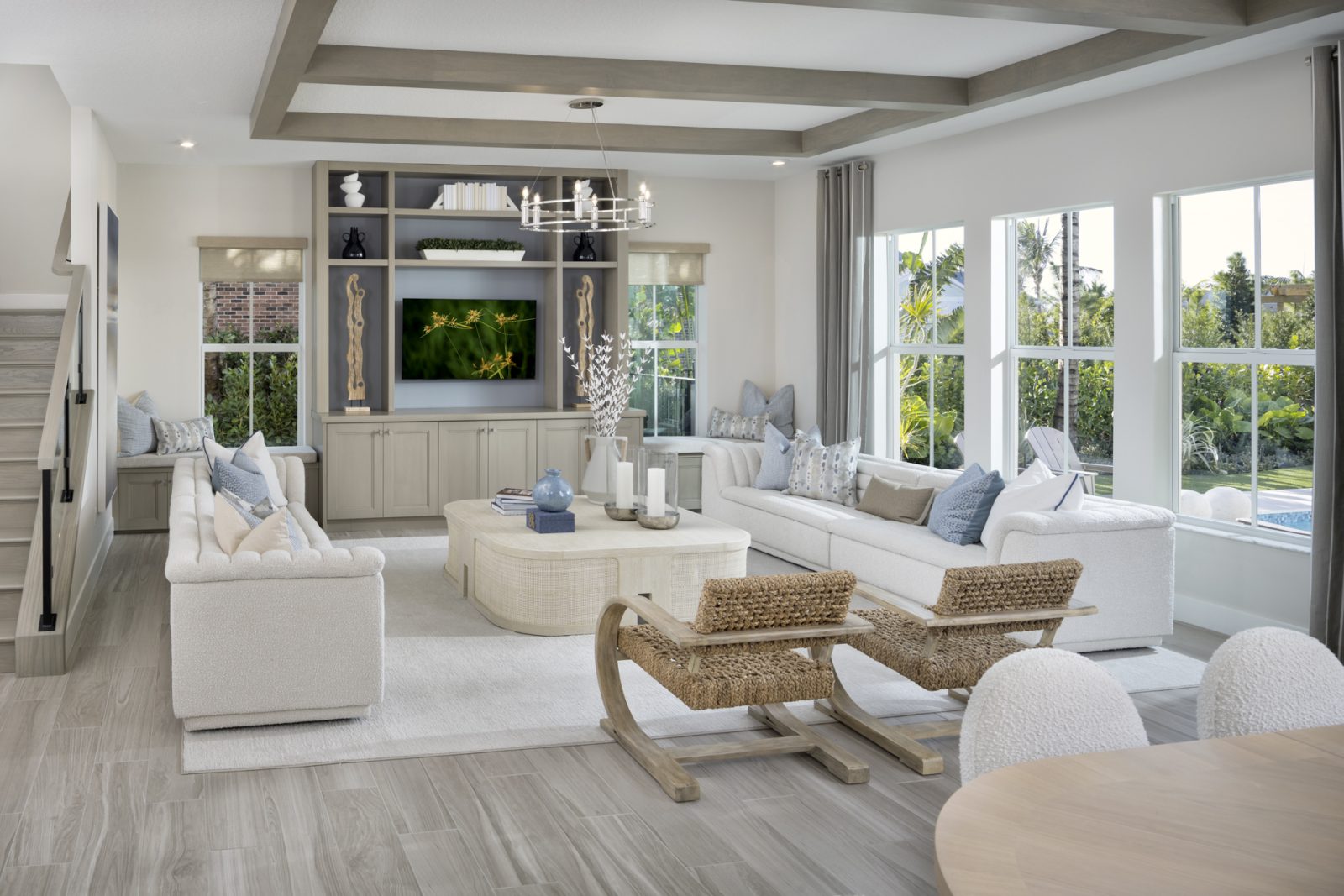Are you afraid of the dark? I am in my profession. No – not the spooky kind of afraid. I’m afraid the house that we design may end up too dark.
Houses that are too dark can feel depressing and uninviting. They also appear smaller than their actually size. Not a good combination for selling a house. Realtors know to turn on every single light in the house prior to a showing – and if you’re marketing to folks 55+, they may need six times the light to see than a 20-year-old.
There are five key things that can help a house feel lighter and brighter. Some cost more money, and some do not.
- Increase in the number or size of windows
- Strategic placement of windows
- Color selections
- Color placement
- Increase in the number of light fixtures.
Windows
I’m sure purchasing agents don’t want to hear that they shouldn’t cut back on the windows. Yes, windows are expensive – so is a house that sits unsold because it is too dark. Working together with purchasing may be the answer to adding more natural light without adding too much cost.
I like a minimum of three 3′ by 5′ windows in the main living area for 45 sq. ft. of natural light.
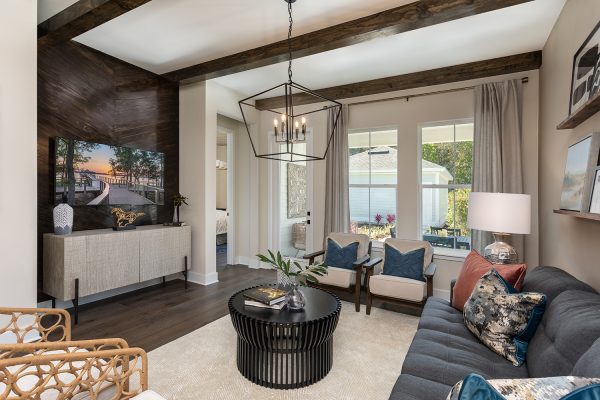
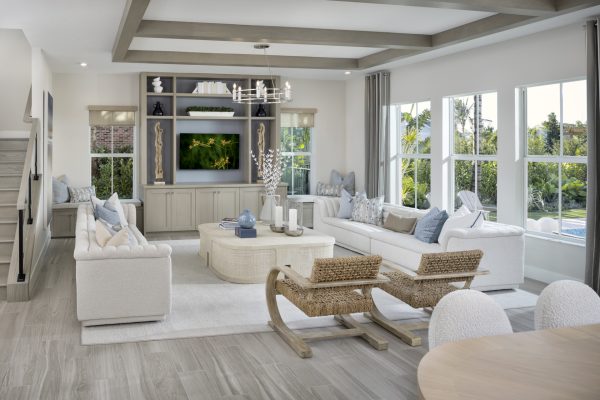
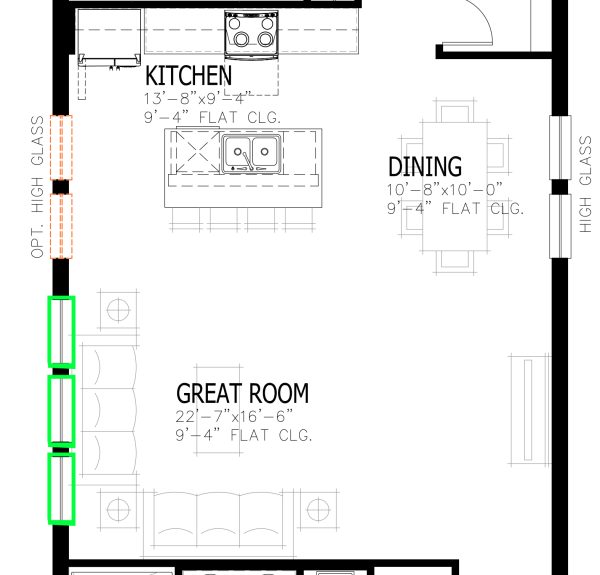
But working with purchasing, we discovered you could use two 4’ by 5’ windows for less than the three 3’ by 5’ windows. While it is not as much glass area, it is close and that’s a win in our budget-constrained environment.
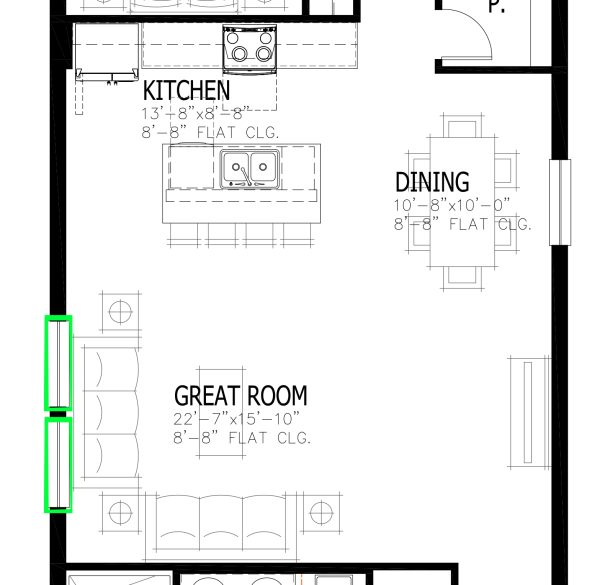
Staying with this concept – I like a minimum two windows in the primary suite.
If these windows are not on either side of the bed, the same substitution of two smaller windows to one larger window is an acceptable substitution. But if the windows are on either side of the bed and you can only afford one window, it might be time to redesign the primary suite. A single window on one side of the bed only looks like a mistake.
Saving Money on Windows
Avoiding tempered glass is one way to cut down on the cost of a window. This means keeping windows 24” away from an adjacent door. Stairways and bathrooms are two places where tempered glass is often required. But if you use high glass where the bottom of the window is 5’ or higher – there is no need to temper the glass.
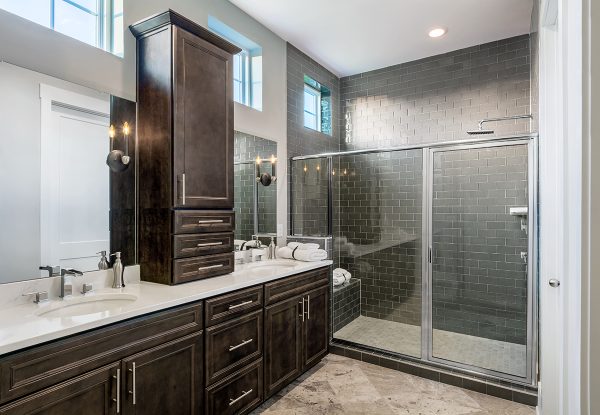
This could mean a 3’ by 3’ fixed window with an 8’ head height. A 2’ by 4’ single hung window might initially seem less expensive, but the sill height below 5’means it must be tempered. Another money saver is limited the number of different window sizes. For production builders, this would apply to an entire line of houses – resulting in purchasing power.
Window Placement
I like to place windows where I can get the most bang for the buck. This might be a window placed across from the door, so the light also illuminates the adjacent hallway. I call this “borrowed light” which can be very useful in attached town homes with interior rooms. Consider adding borrowed light from a staircase or adjacent bedroom.
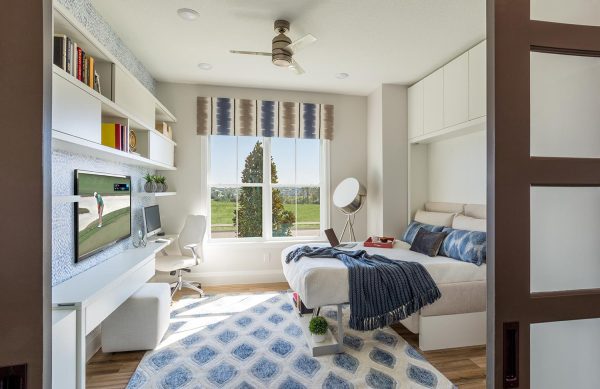
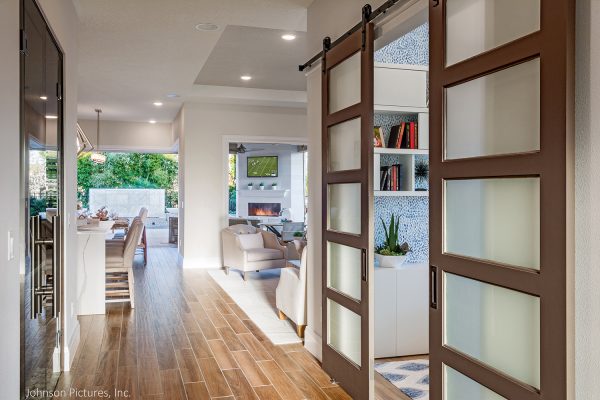
Pairing windows together is more impactful for expanding the space than two windows at opposite ends of the room. Another theory is to place windows diagonal from the entry door since our eyes are naturally drawn to light. In theory, this will make the room feel bigger. Perhaps my favorite window arrangement in a primary suite is a pair of 2’ windows flanking the bed – directly in front of you as you enter room and larger windows paired together at the end of the room.
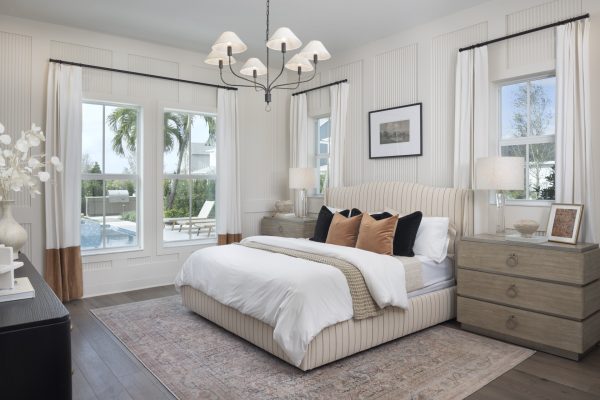
Color Selection
Dark colors eat light, so use caution when selecting dark interior finishes. Many paint companies list the Light Reflective Value (LRV) on the back of the paint chip. The higher the number, the more light it reflects. The same is true with furniture which I discovered when I changed out my navy-blue sofa for a light gray. Don’t offset the light gained from additional windows by selecting colors that are too dark. This doesn’t mean you should paint your entire interior Sherwin Williams Extra White (LRV 86), but it is useful information – especially with interior rooms and hallways.
Color Placement
Knowing about reflective light, you can now begin to think about where the colors should be. In my last kitchen, I mistakenly selected espresso cabinets paired with the lightest granite offered. I was seeking contrast and thought the countertops perpendicular to the ceiling lights would reflect enough light to offset the dark cabinets. Sadly, this was not the case.

I realized the amount of surface area of the cabinets far exceeded that of the countertops. When we selected the cabinets for the townhome, I still wanted contract between the cabinets and the countertops – but this time I opted for white cabinets and the black countertops. It is much brighter.
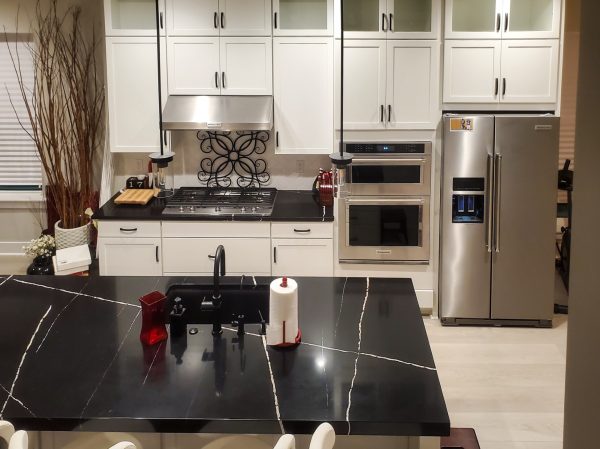
It is easy to lose sight of dark finishes and their impact. We stayed in a villa with dark stained woods floors and trim and a large, covered balcony. The wood ceiling was stained dark. It darkened the natural light before it had a chance to even get inside. The combination was so dark, I felt like I needed to where a miner’s hat with a light on my forehead.
Consider more saturated paint tones or finishes on only one accent wall. I recently painted my bedroom accent wall Flowerpot (LRV of 10). The other 3 walls are lighter (Balanced Beige LRV of 46) and the room has five windows.
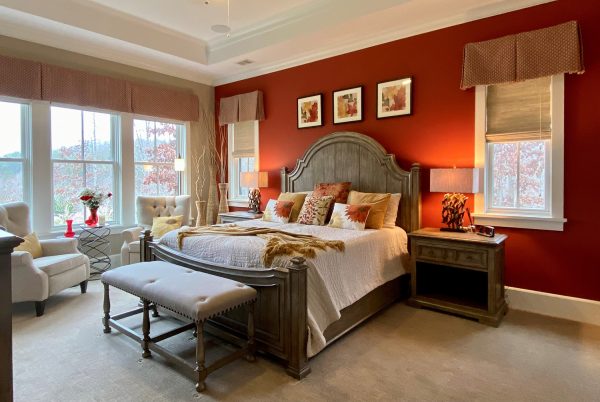
Additional Lighting
I’m not trying to make an enemy of every purchasing agent in the business, but going beyond “code minimum” for lighting is worth considering. The three areas that are critical are the kitchen, the primary bath, and closet.
Kitchens
In kitchens, I like to layer the light with a combination of overhead recessed cans, upper cabinet lights, low cabinets light and pendant fixtures. The LED strip lighting below the upper cabinet is great task light. If you use only ceiling lights, the “chef” will cast shadows on the countertop making it hard to function. You can then add LED strip to the top of the cabinets to reflect upon the ceiling above or glass upper cabinets if you have them.
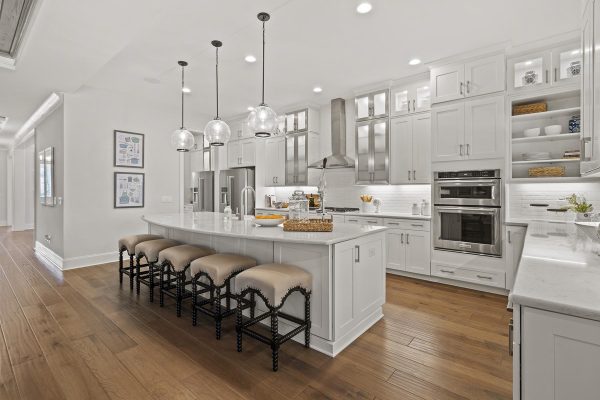
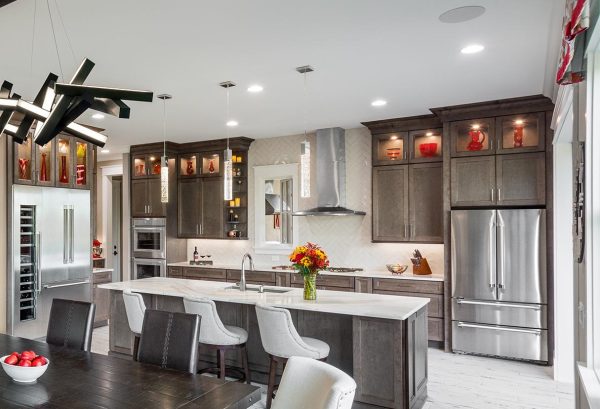
I’m told the expense is in the transformer – so once you made that purchase – make the most of it.
Primary Bath
Don’t limit bath lighting to only the ceiling. Doing so will cast unflattering shadows on anyone standing in front of the mirror. Lit mirrors are a popular way to add ample and flattering light to the bath. Mounting a light above the mirror is better than ceiling lights, but is still above eye level.
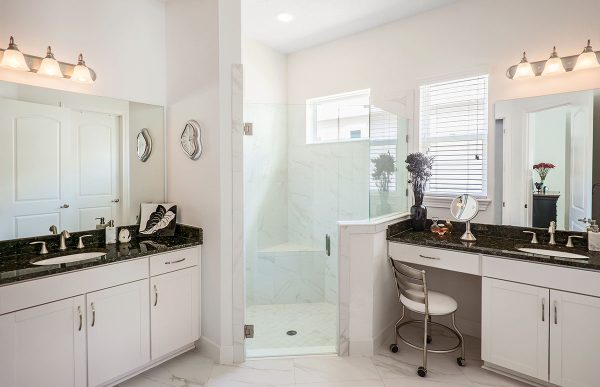
A popular (and more flattering) alternative is using a smaller mirror flanked by sconce lights on either side. The same sized mirror mounted vertically vs horizontally will reflect ceiling lights and allow for fixtures at either side of the mirror.
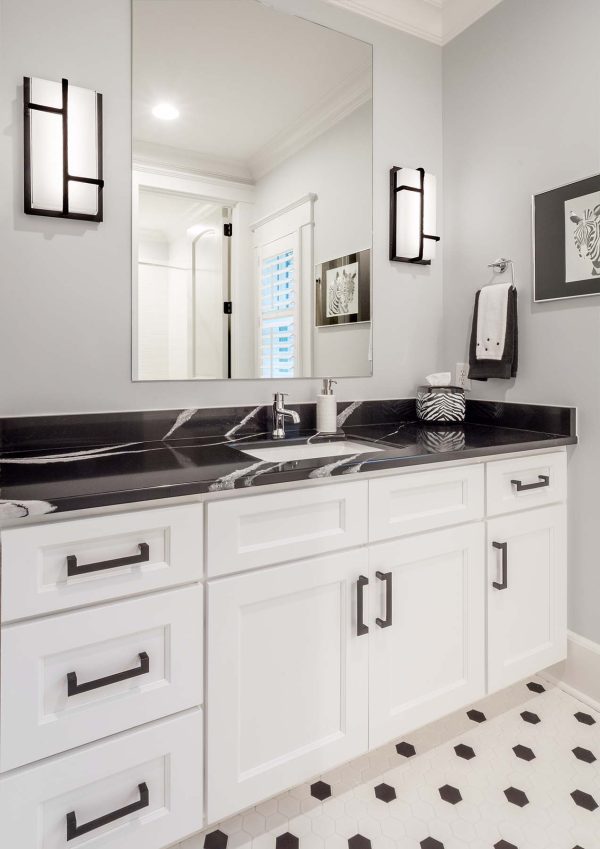
Closet
Finally, there is closet lighting. This may be a little harder to demonstrate since we buy new homes without anything in the closet. But as soon as closets are added to the closet– the light is eaten up – making it hard to distinguish between black and navy-blue colors.
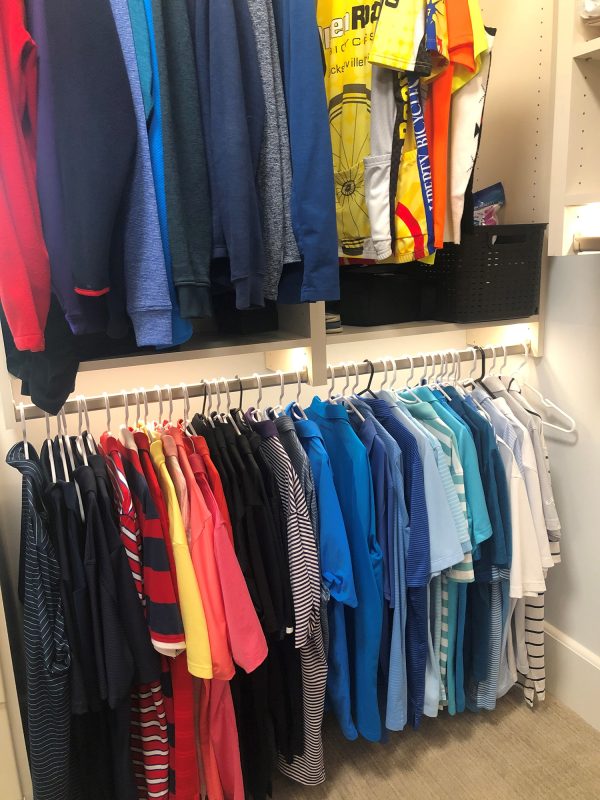
I am a huge advocate for LED lighting above the clothing rods in the closet. Anyone who considers themselves fashion forward would really appreciate the extra light.
“Rage Against the Dying of the Light” were the words from poet Dylan Thomas. While this poem was a metaphor for death – it resonates with me and houses that become too dark because of poor planning and lack of understanding. A client once said that additional windows won’t sell more houses. No buyer would say that. But home buying can be an emotionally charged purchase. A house that is light, bright, and cheerful helps buyers fall in love with the house. An overly dark house may cost less but may be a turn off. When a dark house doesn’t sell, builders will often discount the house to make the sale. I’m guessing the discount combined with carrying cost is more than the cost of an extra window or two.
Do you agree or disagree? I’d love to hear from you.
Categorized in: Lighting, Uncategorized
This post was written by Housing Design Matters

